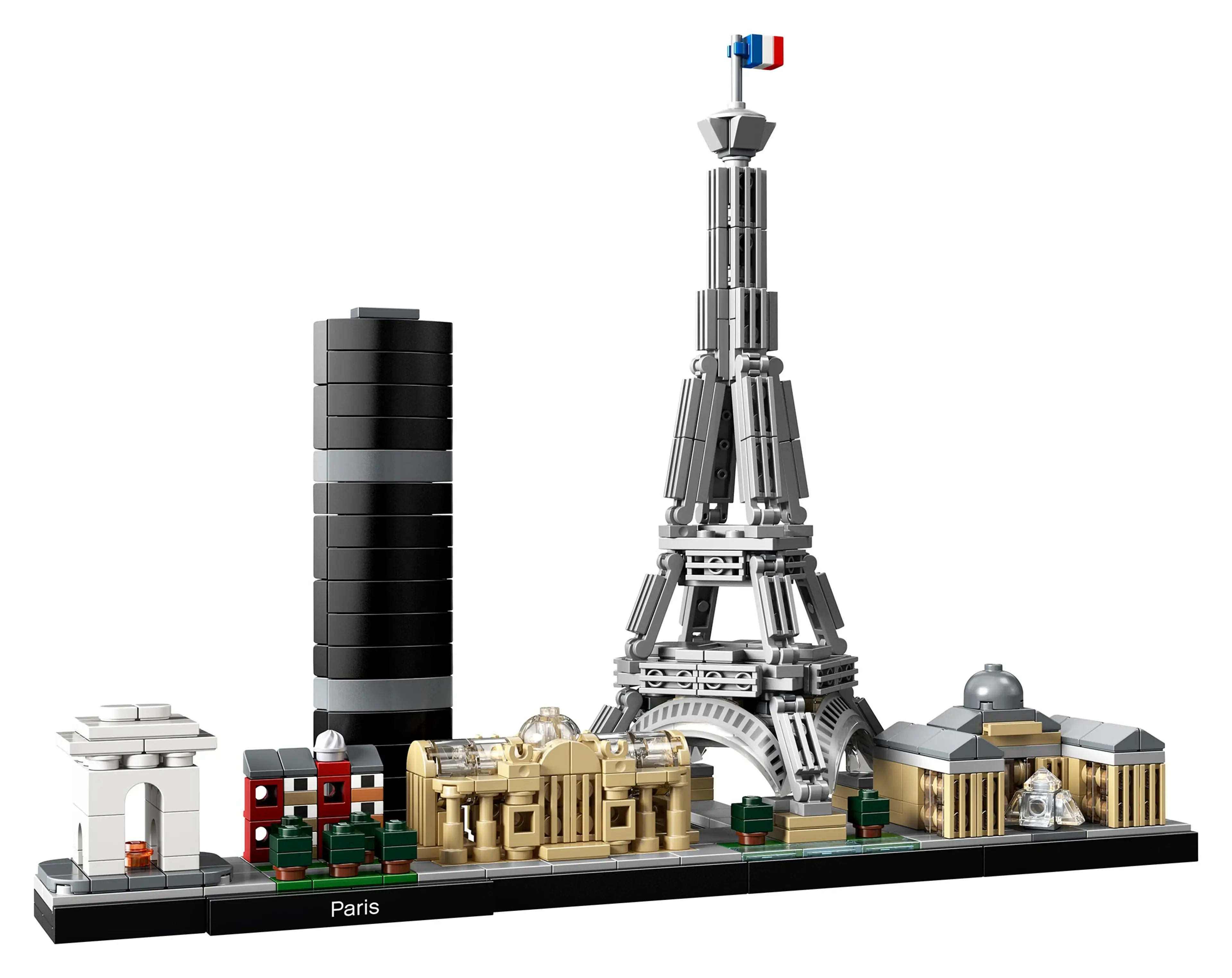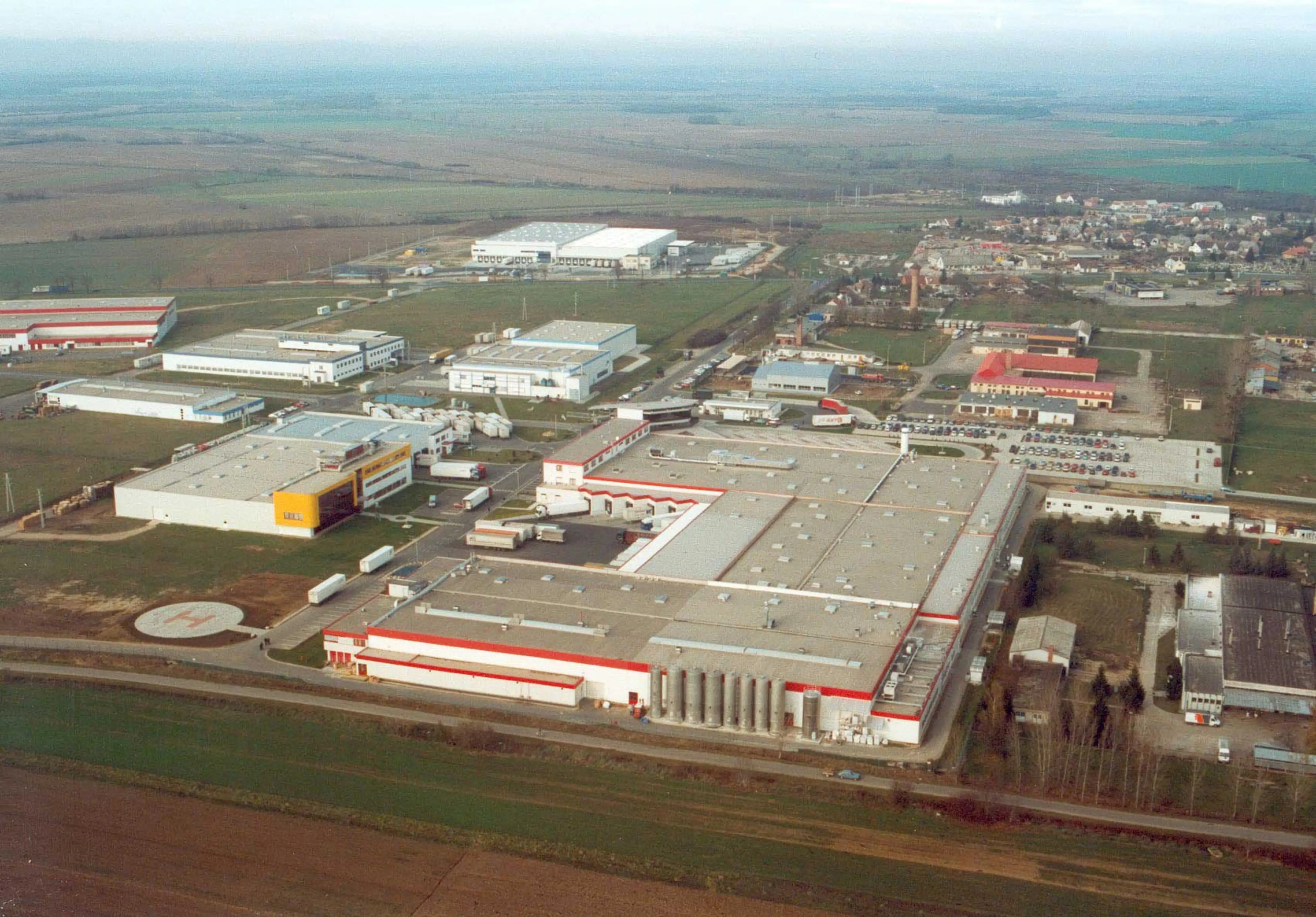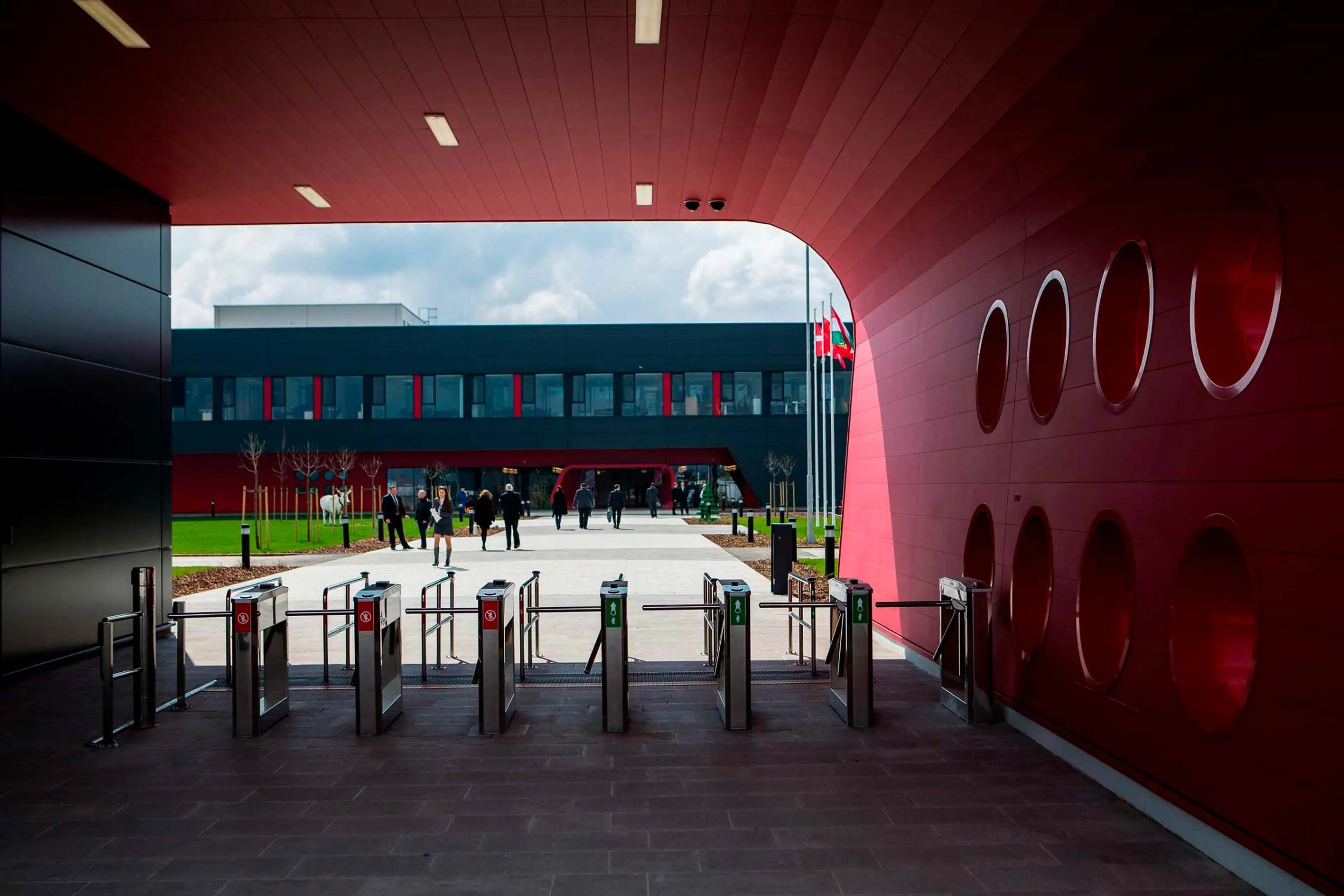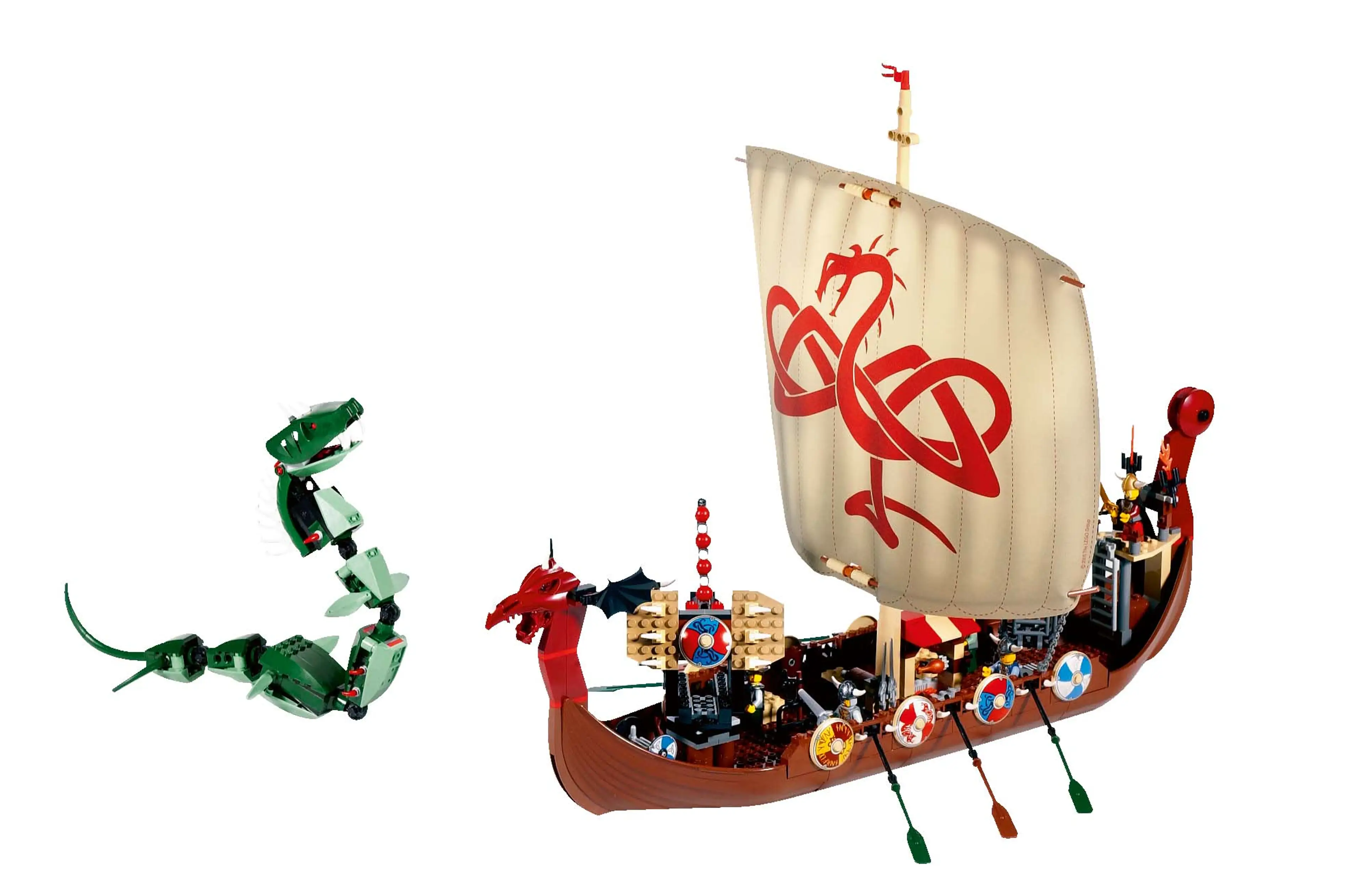In Chicago, Architect Adam Reed Tucker works on the problem of communicating the complexity of skyscraper buildings. For this purpose, he is looking for a suitable medium – and decides to use the unlimited possibilities of the LEGO brick. He begins creating models of landmark buildings in 2006, quickly catching the eye of the LEGO community with large models of New York’s Empire State Building and other skyscrapers.
The LEGO Group is impressed and grasp the potential for producing smaller models of real buildings. LEGO designers begin to work with Adam Reed Tucker, who designs smaller scale models of Chicago Skyscrapers. In 2008, models of the Willis Tower (then, Sears Tower) and John Hancock Center mark the beginning of the LEGO Architecture series.
Today, the LEGO Architecture line includes more than 40 models divided between the series – Architecture, Landmark and Skyline collection. The LEGO Architecture series focuses on buildings that are widely praised for their remarkable architecture. The series includes models of Villa Savoye and Farnsworth HouseTM to name a few. The Landmark series gives consumers the opportunity to create models of iconic landmarks such as the Eiffel Tower, Burj Khalifa and the Leaning Tower of Pisa. The latest addition to the LEGO Architecture family is the Skyline Collection offering miniature skylines of cities such as Paris, San Francisco and Shanghai.
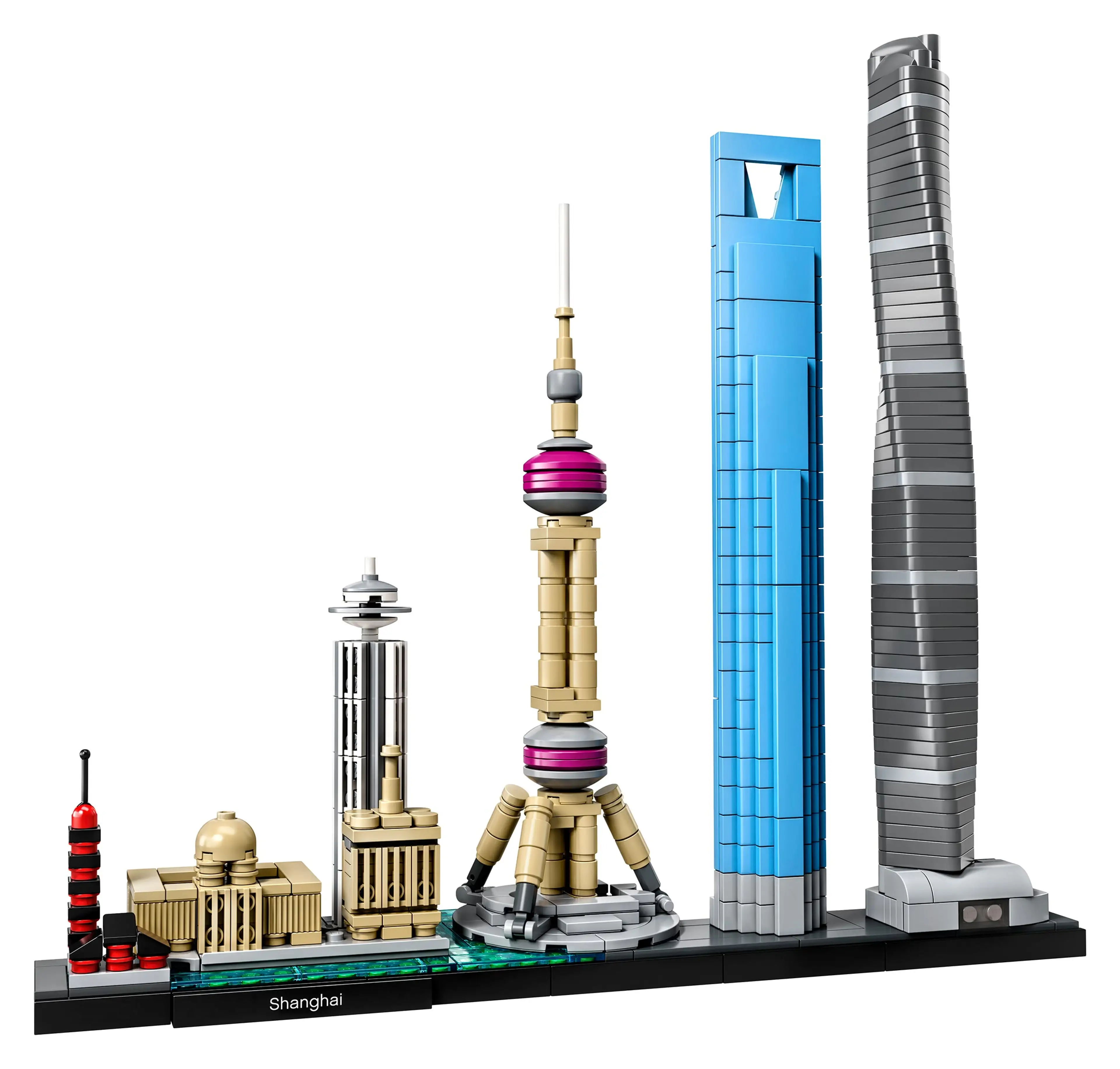
Set no. 21039, launched 2018
All LEGO Architecture sets include a booklet with details on the architecture and the history of the real building. In Adam Reed Tuckers words: ”I wanted to tell a story, and not just sell a box of bricks.”
Adam Reed Tucker is instrumental in creating many of the early concept models for the Architecture line. Today, a team of LEGO designers continues to evolve the line through exciting building experiences that are engaging and fun.
The beginning
LEGO Architecture is not the first LEGO product to have an architectural focus. In the early 1960s the LEGO Group launches the Scale Model line focused at opening wider-ranging perspectives for modern model building. The product was aimed at older children and adults interested in building.
The Scale Model line introduces five new elements. The new elements have studs and tubes and are scaled to ordinary LEGO bricks, but they are only 1/3 the height. The new flat elements give consumers the possibility of building much more detailed creations. The elements are still a part of the LEGO System in Play and are today known as plates.
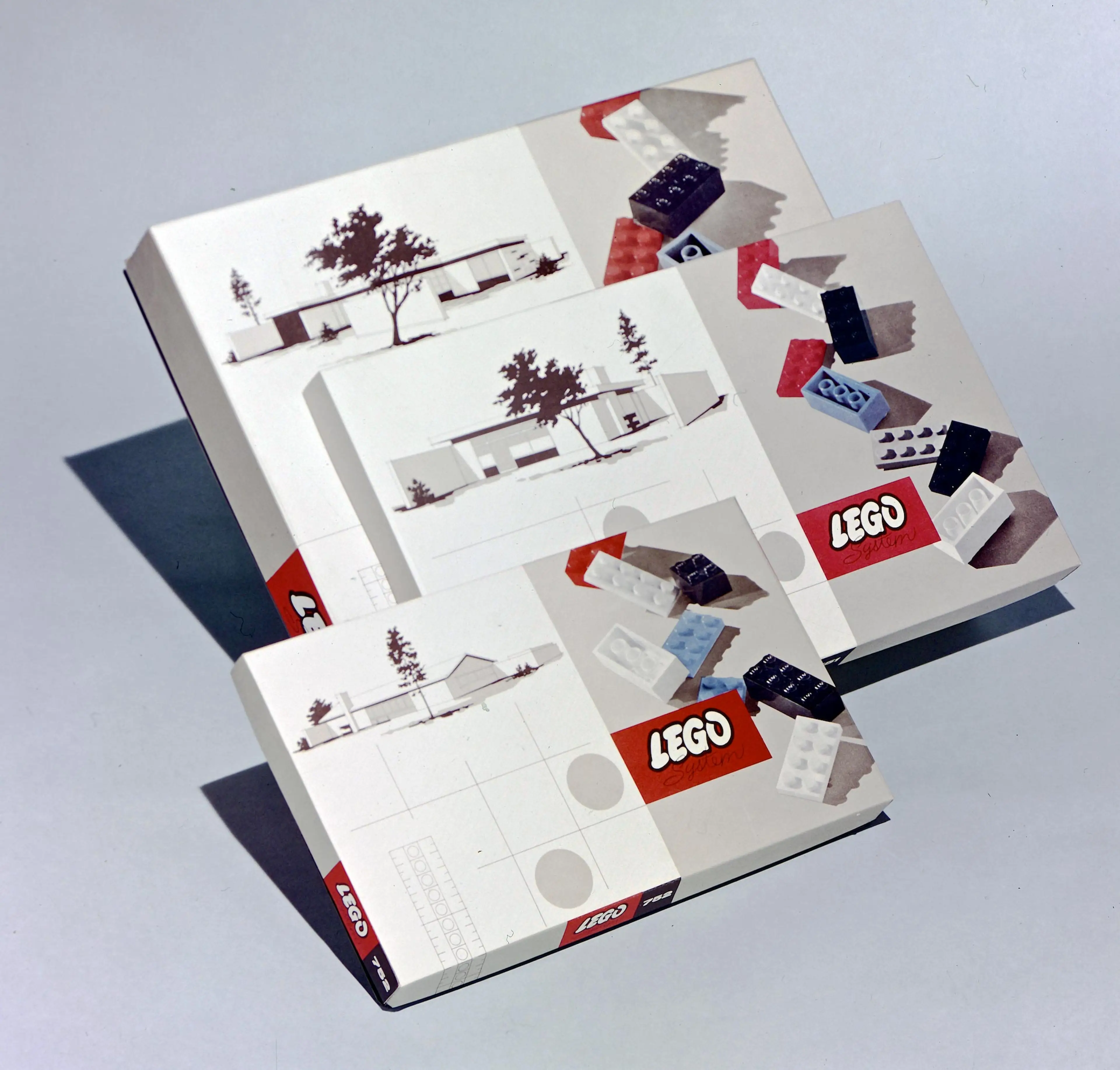
Set nos. 750, 751 and 752 from early-1960s
The plates were introduced in small supplementary sets as well as in three larger sets, nos. 750, 751 and 752. The packaging of the larger sets was designed in greyscale showing architectural drawings to help inspire the builders. Inside, the consumer would also find an architectural book with ideas based on basic architecture to underline the focus on an older target group. The economic boom in the 1950s and early 1960s allowed a lot of Danish families to dream of building their own house and now they had the chance to design it themselves using LEGO bricks.
The idea of the Scale Model line never really catches on with the consumers and the line is discontinued in the mid-1960s. However, this does not hide the fact that the LEGO Group is ahead of its time in the 1960s. In a time where LEGO products are considered a child’s toy and less a creative material also relevant and challenging for older children and adults, the company dares to launch a product intended for a different segment.
